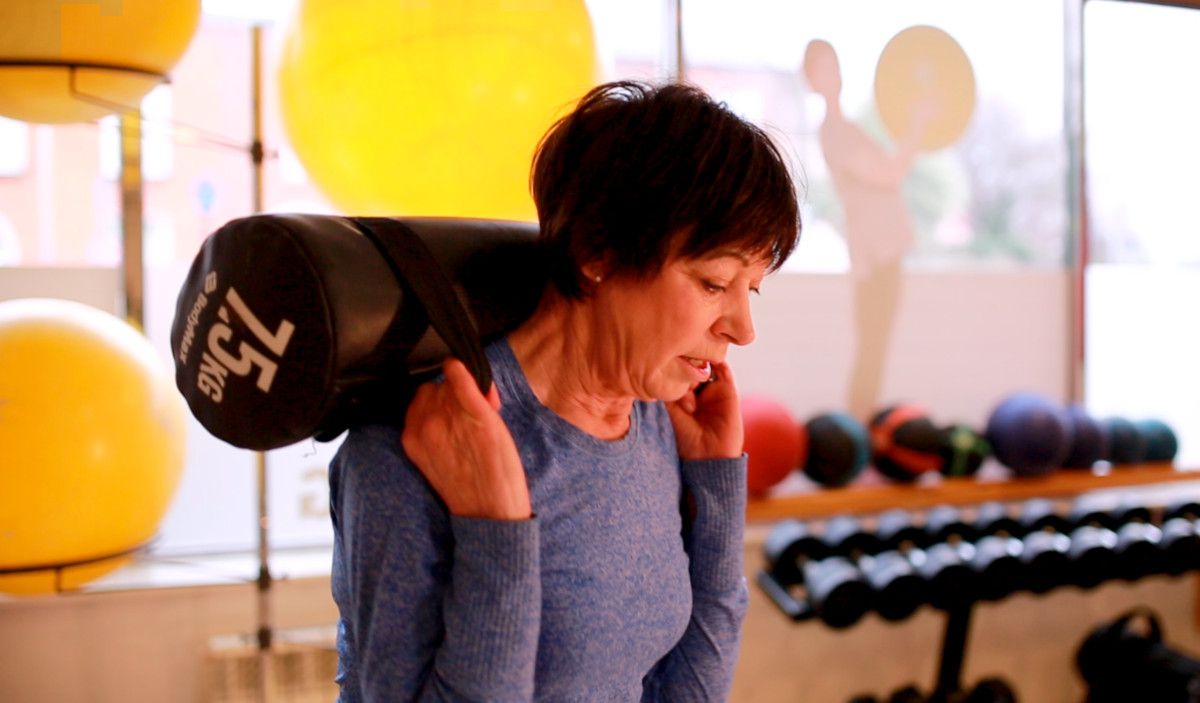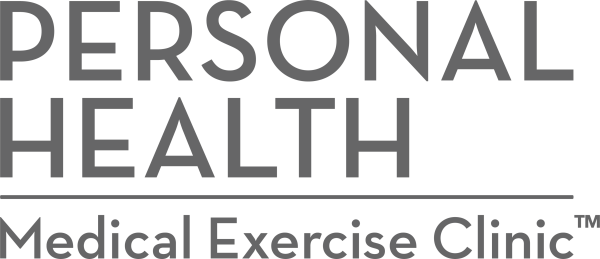Typically Osteoporosis affects females more than males, usually over the age of 55. It is diagnosed by DEXA scanner which is able to measure bone density. Osteoporosis often presents in common areas or ‘Hotspots’ such as;
- spinal column
- neck of femur (hip joint)
- Wrist
- Base of Thumb
For those managing Osteoporosis it tends to be a quiet process. There’s typically no pain, and one might only be alerted to its presence after breaking a bone – often from something straight forward like an accidental fall.
Once diagnosed an osteoporosis patient will usually be prescribed medication for ongoing management of their condition. Prolia is one of the most commonly prescribed medications for an Osteoporosis patient. This is typically administered by injection from your doctor every 6 months. Very often the patient will be taking some calcium supplements (Calcichew) and/or a Vitamin D supplement also.
However exercise is also vitally important to best manage Osteoporosis. Much like Prolia, Calcichew and Vitamin D supplements, there is a specific amount of exercise you need to take weekly, monthly, yearly in order to best manage your mineral bone density.
In Personal Health we will assess any risk factors and then work with you to prescribe an appropriate dosage of exercise for living with Osteoporosis. There are some key parts to this exercise prescription. It needs to to include;
- Strength training – for maintenance of lean muscle mass
- Higher impact loading – where appropriate this might include small box jumps in order to manage long cortical bone through adaptation to stress.
- Increased heart rate to moderate/vigorous levels as per WHO guidelines
- One to one guidance and reassurance from a clinical exercise specialist in Personal Health.





